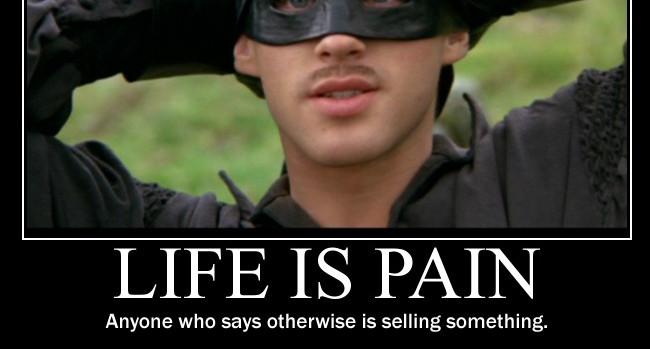
Handling Pain for the Student Athlete
An alternative option for pain care management and sport injuries Injuries are inevitable. While few are life or participation-ending, any injury can take your student athlete temporarily out of the game. From a minor bruise to an anterior cruciate ligament (ACL) tear, what does the student athlete do? While times are changing, some “old-school” schools used to have opioids in a desk to keep valuable players in the game. We know more now about dangerous pain relief, as well as new technology to help heal healthily. Why Student-athletes Need Opioid Alternatives Losing play time or appearing to be less-than-tough can be devastating to any student athlete. When a coach is urging play despite an injury, student athletes are in a bad situation. First, they need to know that no matter how valuable they are to the team, taking an opioid – theirs or anyone else’s- to keep them in the game is not healthy or fair to them. Second, while opioids may be prescribed when an injury is severe, the risk of opioid use disorder increases after three days so make sure the prescription is small. Explore Opioid Free Options Along those lines, most recreational opioid use starts in parents’







